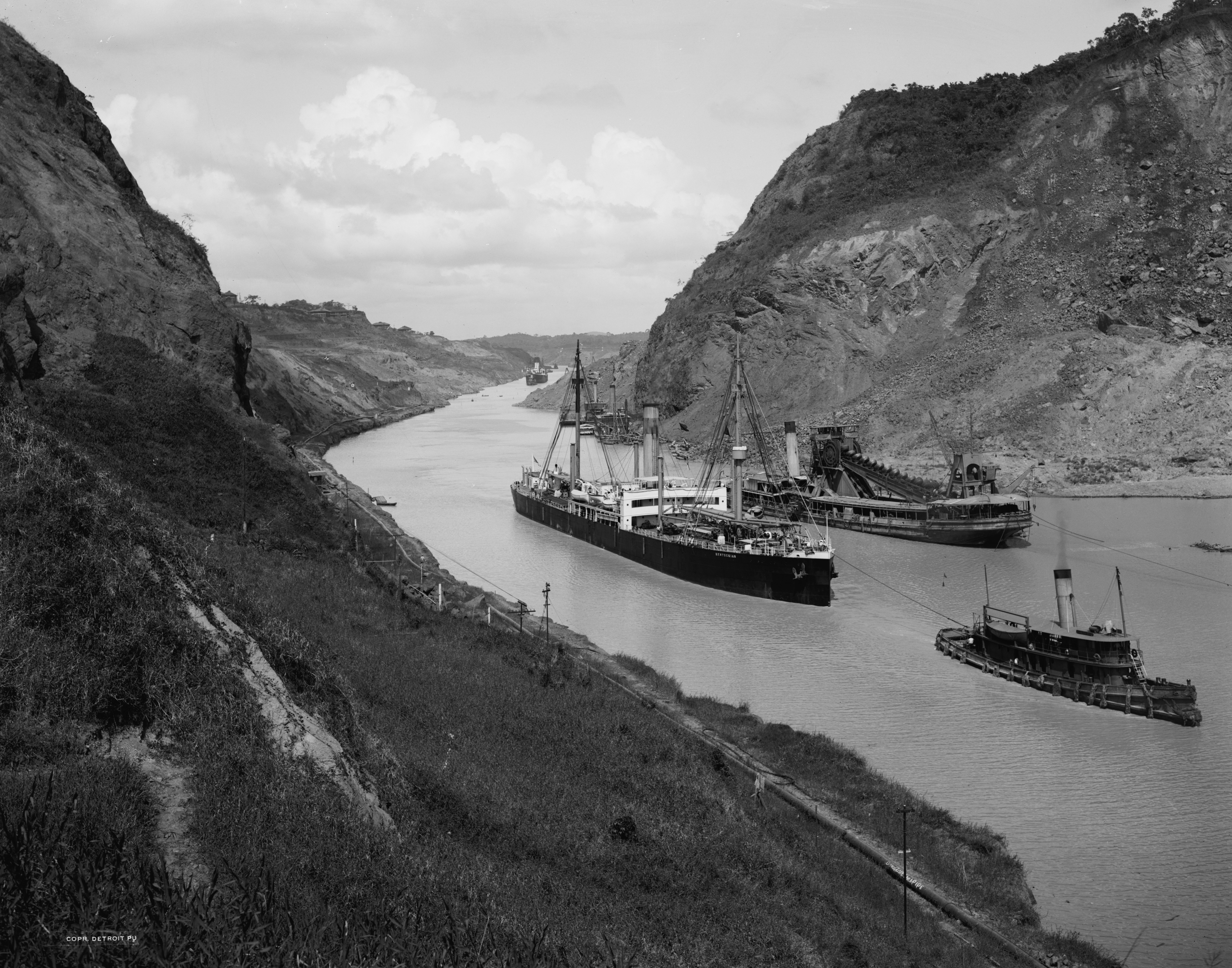Making wet plate collodion negatives. There are many ways to approach the negative making process, below are listed the most common methods and formulas, as you move further down the list the methods will get older and more obscure or hazardous, start. Chase preferred the gelatin dry plate negative, which was widely used from 1880 until the late 1920s when it was surpassed in both ease and popularity by the gelatin silver paper negative and the gelatin silver negative on celluloid roll film. Photography practitioners today are rediscovering historical, analogue photography processes. This includes the creation of silver gelatin glass plate negatives, known as the dry plate process. While dry plates are no longer available for sale, they can be handmade, exposed and processed similarly to photographers of the past. I am about to prepare some glass plate negatives for exposure. Seeking some input as to the best developer to use to develop these. I have heard that Dektol is good, although this is getting hard for me to find, also Rodinal diluted is supposed to be also goodI am currently using D76 for my negs, it would be great if I could use the D76, any suggestion, any help appreciated. You searched for: dry plate negative! Etsy is the home to thousands of handmade, vintage, and oneofakind products and gifts related to your search. No matter what youre looking for or where you are in the world, our global marketplace of sellers can help you find unique and. Dry plate: Dry plate, , in photography, glass plate coated with a gelatin emulsion of silver bromide. It can be stored until exposure, and after exposure it can be brought back to a darkroom for development at leisure. These qualities were great advantages over the wet collodion process, in which the plate had These glass plate negatives are perfect for contact printing (like cyanotype or gum printing). See some of the portraits made. Charlotte was from a respectable British family of the Regency perioda clan that could afford gold and faceted jet mourning jewelry to be commissioned. Find best value and selection for your 1905 KODAK DRY PLATES GLASS NEGATIVES 5x7 BOX search on eBay. [Series of flights from May through July, just after the opening of the Wright Flying School, probably Orville acting as instructor; Simms Station, Dayton, Ohio 1 negative: glass, dry plate; 5 x 7 in. Beach Photography Studio of Gelatin Dry Plate Negatives In the spring of 2011, the Buffalo History Museum (BHM) received a donation of over 57, 000 gelatin dry plate glass negatives from the Howard D. Beach Photography Studio located Chapter XXXVI. DRY COLLODION PROCESSDRY PROCESSES. MY instructions hitherto have been limited strictly to the chemical and mechanical manipulations that occur in that department of photography denominated the Wet Collodion Process. This process will ever remain the predominant mode of conducting photographic operations in the room; it is preferred, too, by many tourists in the. Definition: The term most commonly refers to two formats, collodion wet plate negatives and gelatin dry plate negatives. Both formats consist of a light sensitive emulsion fixed to a glass plate base with a binder. Among the various photographic formats found there are a particular type of glass plate negatives; gelatin dry plate negatives. Invented by Richard Leach Maddox in 1871, gelatin dry plate negatives became the most popular form of negative in use from 1880 to 1900. Building upon our basic gelatin emulsion workshops, this intermediate workshop takes emulsion making to the next level. This is the first in the series of three sequential workshops. First there days we will be working on collodion negatives, preparing a set of negatives for the next two days, when we will do a photography expedition in deep forest, even to the edge of the oldest virgin forest in Europe. A Brief History of Photography: Part 5 Dry Plate Photography The photography enthusiasts of the mid19 th century were witness to a remarkable series of technological innovations and advancements, beginning with Niepces bitumenbased discovery in 1826, through the introduction in 1851 of wetplate collodion as a highimagequality. The term glass plate negative refers to two separate formats: the collodion wet plate negative and the gelatin dry plate. Both of these formats consist of a light sensitive emulsion that is fixed to the glass plate base with a binder. Photographic glass plate negatives can be divided into two main categories: those made by the wet collodion process, and the socalled dry plates made by silver gelatin emulsion processes. Although the two types of glass plate negatives may, at first glance, appear to be similar, important. One hundred and thirty 3 x 4 plates. Including street scenes, and a photographer with a camera and tripod. Some are masked on the two long sides of the image and were probably used in a magazine or changing box. Housing Glass Plate Negatives at the National Archives and Records Administration Glass Plate Handling Procedures Ensure that you are working on a clean, flat, dry surface, free of any debris. Dry plate, also known as gelatin process, is an improved type of photographic plate. Maddox in 1871, and by 1879 it was so well introduced that the first dry plate factory had been established. Arrival of Sir Arthur Wauchope 1 negative: glass, dry plate; 4 x 5 in. Photograph shows military officials, photographers and others in Jerusalem for the arrival of Sir Arthur Wauchope, High Commissioner for Palestine. Additional Identification Number. Envelope Number BER Line Code FHE BER Plate Number A Transit Import ID 8053. 1 gelatin dry plate glass negative. Find great deals on eBay for dry plate negatives. from the group: Gelatin Dry Plate Gelatin Dry Plate. Overview; Object View; Surface View; Magnification; Variations; Home; Compare Processes; Guided Tour. Two types of glass plate negatives exist: the collodion wet plate, in use from the 1850s, and the silver gelatin dry plate, in use from the 1870s. Both processes are still in use by fine art. An enlargement from a dry plate that has been wellexposed is almost indistinguishable from an enlargement from commercial film (except for the color idiosyncrasies of nonpanchromatic emulsion. ) I printed this with a Zone VI enlarger the plate set over the. If the camera is a dry plate camera, and comes with plate holders, you buy film sheaths, which hold a sheet of film, and are stiff like a plate of glass, and use them to. Jason Lane, who has been making his own dry plate negatives, has been offering it through his Pictoriographica Shop on Etsy and other online distributors like Freestyle Photographic Supplies. 3 PrefaCe This booklet is a companion to the illustrated poster Photographic Negatives Nature and Evolution of Processes published by the Mellon Advanced Residency Program in Photograph Conservation at the Dry plate, also known as gelatin process, is an improved type of photographic plate. Maddox in 1871, and by 1879 it was so well introduced that the first dry plate factory had been established. With much of the complex chemistry work centralized into a factory. Other distinguishing features between the wet and dry variety were the thinner glass and a more evenly coated emulsion in the dry plate negative form. Dry plate glass negatives were in common use between the 1880s and the late 1920s. Two types of glass plate negatives exist: the collodion wet plate invented by Frederick Scoff Archer, in use from the 1850s, and the silver gelatin dry plate created by Dr. You can use the dry plate to make an enlarged negative or a positive lantern slide. If you have a view camera, and a plate holder, not film holder, you can go to the glass store and have them cut you some glass (single strength or thinner) to fit. Made from Glass Negatives and Gelatine Dry Plate Example of a Dry Plate Photograph. Leonard Dakin 1887 Gelatine dry plates were usable when dry and needed less exposure to light than the wet plates. In 1879, the dry plate was invented, a glass negative plate with a dried gelatin emulsion. Dry plates could be stored for a period of time. Dry Plate Photography The development of an exposed photographic plate is such an exceedingly familiar thing that we watch it without wonder, and simply regard it as a means to an end; but it is, in reality, a most wonderful scientific process, and is based upon the extraordinary properties of light and. Once the plate was dry, he wrote the names of the subjects in graphite in the margins on the emulsion sidea procedure that often confuses viewers because the inscriptions appear in reverse. After the negative was printed, it was given to the San Antonio Light librarian to be stored for possible use at a later time. History of 19th century Photographic negatives Identification and care of Photographic Glass Plate Negatives History of 19th century Photographic negatives Mogens S. Koch Why Identification of Gelatin dry plates (1870c. 1955) Gelatin dry plate: Silver image in gelatin binder on glass. The silver gelatin dry plate process Writer Mark Scholer Pedersen In a nutshell: Not a printing process, like all the other liquid emulsion techniques, but an inthe. The collodion glass plate negative process is a monochrome silver process invented by the Englishman Frederick Scott Archer in 1851, which was widely used until the 1880s. When you shoot glass plate negatives, one of the last things you'll think of is storage of the plates. I realized I had this problem when I started cleaning the dust off stacks of plates on my desk. Photographic images obtained from glass negatives, dry plate (emulsion) or wet plate (collodion). You can scan the negative, or scan a print from the negative. Experiments with alternative process printing (cyanotype, van dyke, bromoil, etc. DRY PLATE NEGATIVE (gelatin dry plate), Silverbased negative on glass with gelatin as a binder to contain light sensitive materials Gelatin is mixed with light sensitive materials, forming an emulsion that is machinecoated in one step onto large sheets of glass. The basics of making gelatin emulsion dry plates are covered in this fun and informative emulsion workshop for beginners. What is so unique about the dry photographic plates? Large format ensures a very wide tonal range of prints and fantastic resolution. The images taken from glass plate negative demonstrate a very smooth transition from shadows to lights and the highlights because the glass helps diffuse the light, providing the whole tonal shift..










